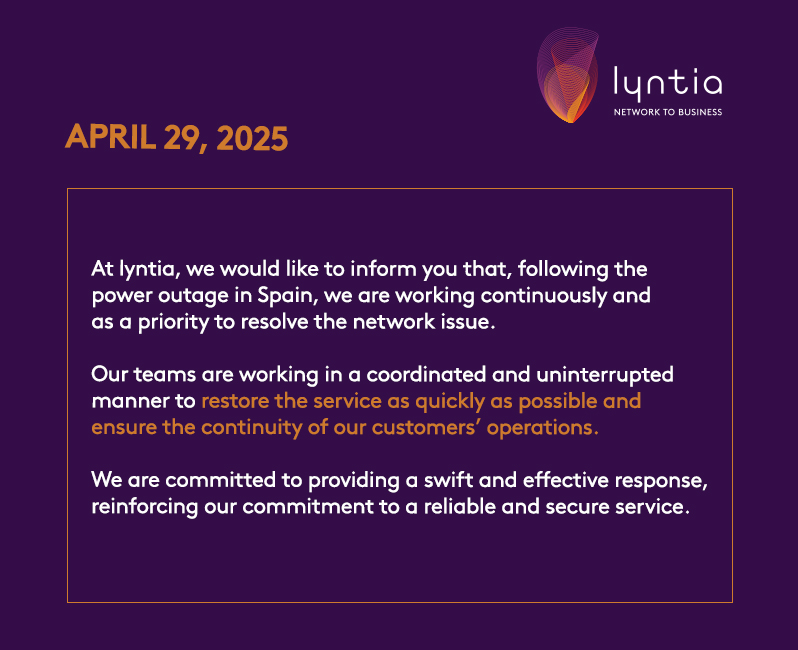
04 Aug Medusa, the fibre optic cable connecting two continents
Ask most people how the Internet magically gets to their homes, and they’ll probably say it’s all down to the fibre optic cables running under their street. While that’s certainly the case, in fact, more than 90% of Internet traffic is also carried along submarine fibre optic cables. A few weeks ago, a project was signed off that gave the green light to the Medusa cable, designed to connect Africa with Europe via the longest fibre optic cable in the Mediterranean, spanning some 8,700km.
Better connectivity on the north/south and east/west axes
The ambitious Medusa project – involving well-known industry players, such as Nokia, Orange and AFR-IX Telecom – includes laying this infrastructure in open mode. When the rollout is complete, the cable will have anchor points in several countries: Portugal, Morocco, Spain, France, Algeria, Tunisia, Italy, Greece and Egypt.
The leaders of the project claim that, when finished, “it will stretch almost 9,000km, making it the longest cable of its type in the Mediterranean. It will provide better connectivity on the north/south and east/west axes”, they told the media.
Technical specifications.
The Medusa cable is based on twenty-four pairs of fibre optic open cable technology. It was designed this way to meet “growing demand” for broadband connectivity in the region. This intercontinental fibre optic will be capable of handling 20TB/second at each pair.
Spanish hotspots.
On its maritime journey through the Mediterranean – and part of the Atlantic – Medusa will call at Spain near the Strait of Gibraltar. Specifically, it will make landfall between Torreguadiario (San Roque) and Zahara de los Atunes. It will also have a connection point at Barcelona CLS (Cable Landing Station), which will form part of the Spanish infrastructure terminus by July 2024.
Budget and deadlines.
It’s estimated the total cost of the project will be around €326 million, with AFR-IX Telecom being the majority investor. However, the project will also be jointly funded by the European Union as part of the Connecting Europe Facility (CEF) programme.
Medusa is expected to make it to Portugal, Spain, France and Italy on the European side, in addition to Morocco and Algeria on the African side, by 2025. Its arrival in Tunisia, Greece, Cyprus and Egypt is then planned for the following year.
A connection that boosts growth opportunities
Alongside responding to ever growing demand, as mentioned earlier, Medusa aims to open up a whole new range of opportunities for economic growth, technological development and cooperation between countries through fibre optic connectivity. According to the directors of participating companies, “by connecting North Africa with Southern Europe, as well as several Mediterranean islands on the way, including Sicily, Crete and Cyprus, the Medusa submarine cable system will create unprecedented opportunities for collaboration, innovation and economic development”.
Another goal when implementing this ambitious infrastructure project – the second-longest fibre optic cable in the world after 2Africa – is to reduce the region’s technology gaps. In fact, it was this strategic aspect of the project that led to the EU’s involvement in the form of the CEF programme, which aims to “develop high-performance, sustainable and efficiently interconnected trans-European networks in the fields of transport, energy and digital services. CEF investments cover the gaps in Europe’s energy, transport and digital backbone”.
The bulk of the work required to complete the Medusa fibre optic cable is still some way off in the near future. However, in a very short space of time, a number of the “launch pads” of demographic and economic growth in developing countries will be able to benefit from a key ally in their inclusion in the technological and digital transition of global stakeholders. Not to mention the possibility of working ever closer with their European partners.


